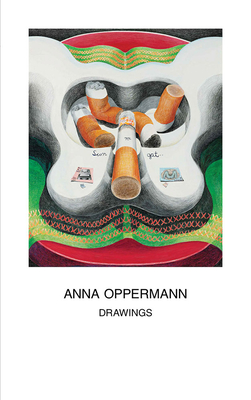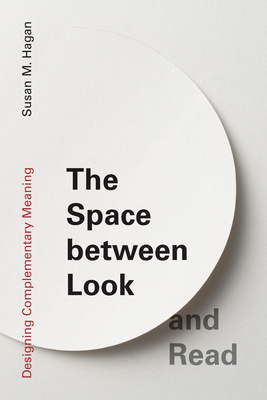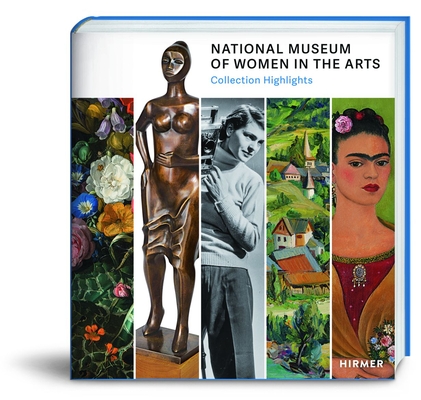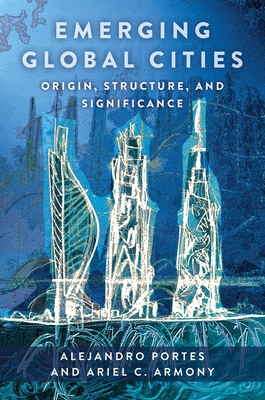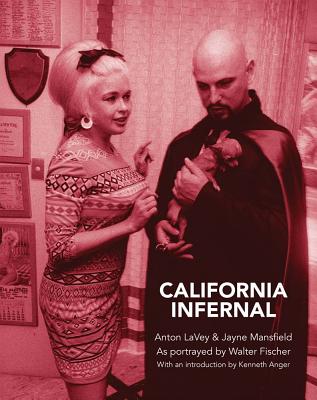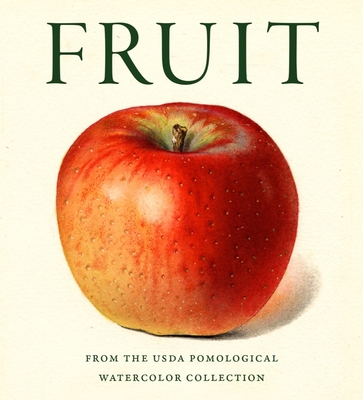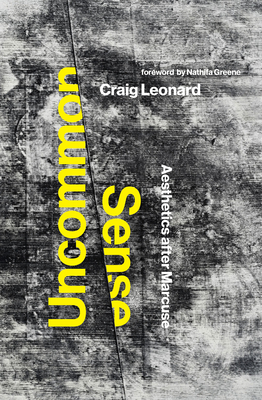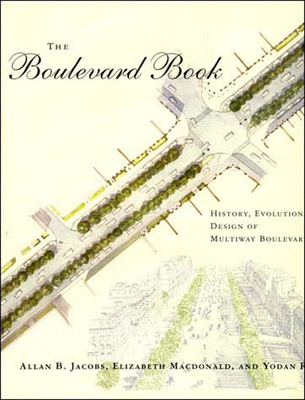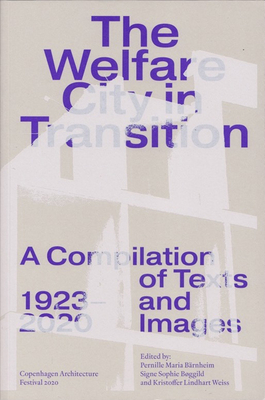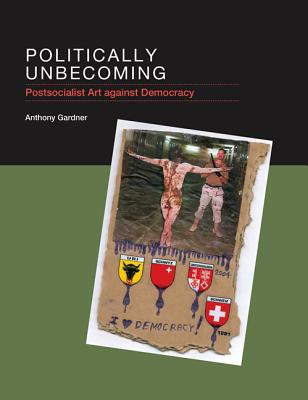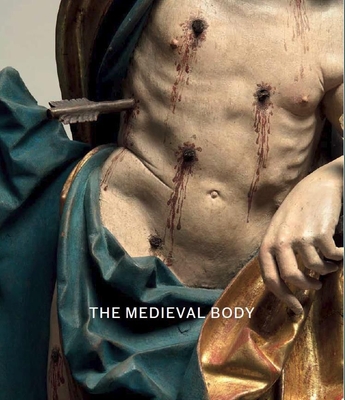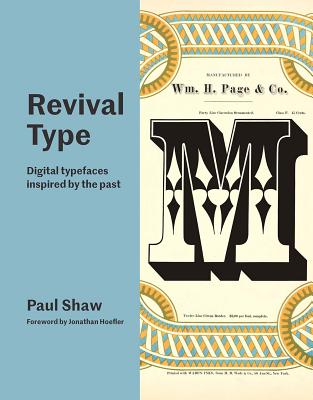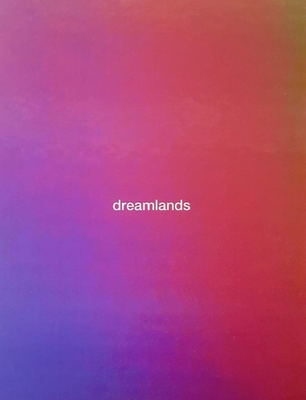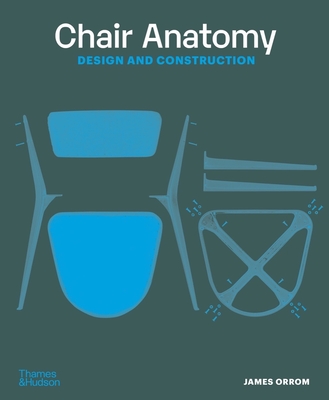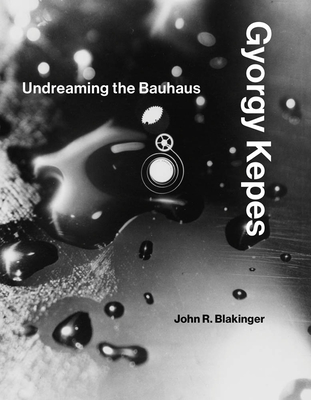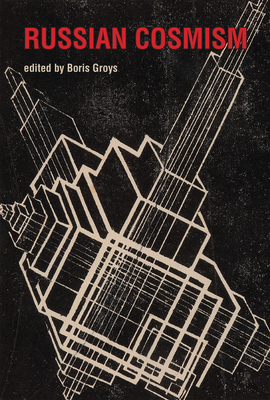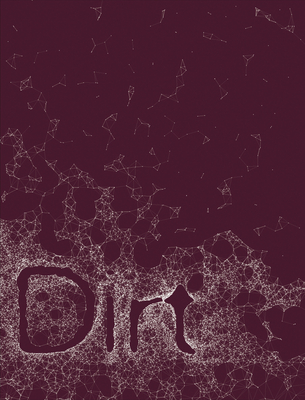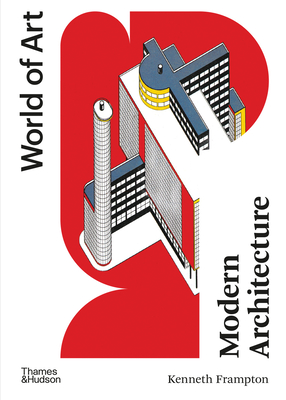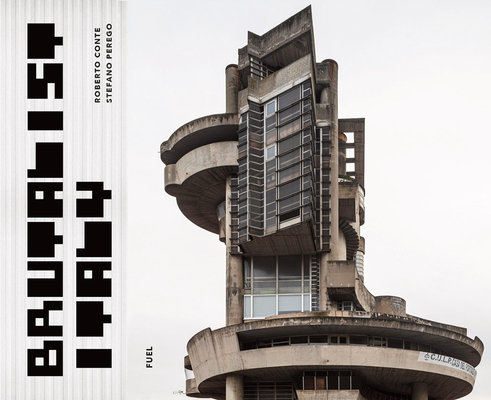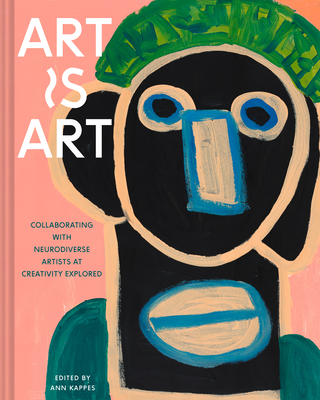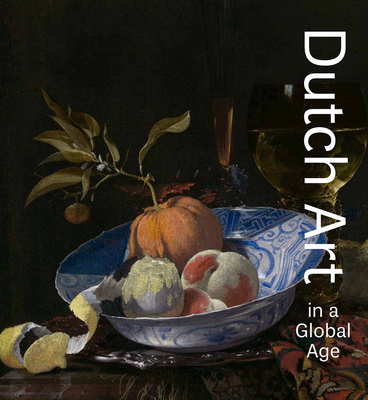
Sensorium: Embodied Experience, Technology, and Contemporary Art
Description
Artists and writers reconsider the relationship between the body and electronic technology in the twenty-first century through essays, artworks, and an encyclopedic "Abecedarius of the New Sensorium."
The relationship between the body and electronic technology, extensively theorized through the 1980s and 1990s, has reached a new technosensual comfort zone in the early twenty-first century. In Sensorium, contemporary artists and writers explore the implications of the techno-human interface. Ten artists, chosen by an international team of curators, offer their own edgy investigations of embodied technology and the technologized body. These range from Matthieu Briand's experiment in "controlled schizophrenia" and Janet Cardiff and Georges Bures Miller's uneasy psychological soundscapes to Bruce Nauman's uncanny night visions and François Roche's destabilized architecture. The art in Sensorium—which accompanies an exhibition at the MIT List Visual Arts Center—captures the aesthetic attitude of this hybrid moment, when modernist segmentation of the senses is giving way to dramatic multisensory mixes or transpositions. Artwork by each artist appears with an analytical essay by a curator, all of it prefaced by an anchoring essay on "The Mediated Sensorium" by Caroline Jones. In the second half of Sensorium, scholars, scientists, and writers contribute entries to an "Abecedarius of the New Sensorium." These short, playful pieces include Bruno Latour on "Air," Barbara Maria Stafford on "Hedonics," Michel Foucault (from a little-known 1966 radio lecture) on the "Utopian Body," Donna Haraway on "Compoundings," and Neal Stephenson on the "Viral." Sensorium is both forensic and diagnostic, viewing the culture of the technologized body from the inside, by means of contemporary artists' provocations, and from a distance, in essays that situate it historically and intellectually. Copublished with The MIT List Visual Arts Center.
About the Author
Caroline A. Jones is Professor of Art History in the History, Theory, Criticism section of the Department of Architecture at MIT. She is the editor of Sensorium: Embodied Experience, Technology, and Contemporary Art (MIT Press).
Caroline A. Jones is Professor of Art History in the History, Theory, Criticism section of the Department of Architecture at MIT. She is the editor of Sensorium: Embodied Experience, Technology, and Contemporary Art (MIT Press).
Caroline A. Jones is Professor of Art History in the History, Theory, Criticism section of the Department of Architecture at MIT. She is the editor of Sensorium: Embodied Experience, Technology, and Contemporary Art (MIT Press).
Bill Arning is Curator at the List Visual Arts Center at MIT.
Bill Arning is Curator at the List Visual Arts Center at MIT.
Bill Arning is Curator at the List Visual Arts Center at MIT.
Bruno Latour, a philosopher and anthropologist, is the author of We Have Never Been Modern, An Inquiry into Modes of Existence, Facing Gaia, Down to Earth, and many other books. He coedited (with Peter Weibel) the previous ZKM volumes Making Things Public, ICONOCLASH, and Reset Modernity! (all published by the MIT Press).
Caroline A. Jones is Professor of Art History in the History, Theory, Criticism section of the Department of Architecture at MIT. She is the editor of Sensorium: Embodied Experience, Technology, and Contemporary Art (MIT Press).
Stephen Wilson was Professor of Conceptual and Information Arts at San Francisco State University.
Amelia Jones is Grierson Chair in Art History and Communication Studies at McGill University. Her books include Irrational Modernism: A Neurasthenic History of New York Dada (MIT Press), Self/Image: Technology, Representation and the Contemporary Subject, and Seeing Differently: A History and Theory of Identification and the Visual Arts.
Caroline A. Jones is Professor of Art History in the History, Theory, Criticism section of the Department of Architecture at MIT. She is the editor of Sensorium: Embodied Experience, Technology, and Contemporary Art (MIT Press).
Peter Lunenfeld is Professor of Design Media Arts at UCLA.
Barbara Stafford is the William B. Ogden Distinguished Service Professor of Art History at the University of Chicago. She is the author of Good Looking, Artful Science, Body Criticism, and Voyage into Substance (all published by MIT Press).
Yvonne Rainer (b. 1934) is a dancer, choreographer, and filmmaker. She is the author of Feelings Are Facts: A Life (MIT Press).
Stephen M. Kosslyn is Founding Dean and Chief Academic Officer of the Minerva Schools at KGI (the Keck Graduate Institute) and John Lindsley Professor of Psychology in Memory of William James, Emeritus, at Harvard University. He is the coauthor of Cognitive Psychology: Mind And Brain and the author of Image and Brain: The Resolution of the Imagery Debate (MIT Press).
Peter Galison is Pellegrino University Professor of the History of Science and of Physics at Harvard University. He is the author of Einstein's Clocks, Poincaré's Maps: Empires of Time, How Experiments End, and Image and Logic: A Material Culture of Microphysics, among other books, and coeditor (with Emily Thompson) of The Architecture of Science (MIT Press, 1999).
William J. Mitchell was the Alexander W. Dreyfoos, Jr., Professor of Architecture and Media Arts and Sciences and directed the Smart Cities research group at MIT's Media Lab.
Barbara Stafford is the William B. Ogden Distinguished Service Professor of Art History at the University of Chicago. She is the author of Good Looking, Artful Science, Body Criticism, and Voyage into Substance (all published by MIT Press).
Bill Arning is Curator at the List Visual Arts Center at MIT.
Jonathan Crary is Meyer Schapiro Professor of Modern Art and Theory at Columbia University. A founding editor of Zone Books, he is the author of Techniques of the Observer (MIT Press, 1990) and coeditor of Incorporations (Zone Books, 1992). He has been the recipient of Guggenheim, Getty, Mellon, and National Endowment for the Arts fellowships and was a member of the Institute for Advanced Study in Princeton.
Thomas Y. Levin is Associate Professor of German at Princeton University where he teaches media and cultural theory. His most recent book CTRL [SPACE]: Rhetorics of Surveillance from Bentham to Big Brother (MIT Press, 2002) is the catalogue of a major exhibition which he curated at the ZKM in Karlsruhe (Germany).
Caroline A. Jones is Professor of Art History in the History, Theory, Criticism section of the Department of Architecture at MIT. She is the editor of Sensorium: Embodied Experience, Technology, and Contemporary Art (MIT Press).
Sherry Turkle is Abby Rockefeller Mauzé Professor of the Social Studies of Science and Technology at MIT and Founder and Director of the MIT Initiative on Technology and Self. A psychoanalytically trained sociologist and psychologist, she is the author of The Second Self: Computers and the Human Spirit (Twentieth Anniversary Edition, MIT Press), Life on the Screen: Identity in the Age of the Internet, and Psychoanalytic Politics: Jacques Lacan and Freud's French Revolution. She is the editor of Evocative Objects: Things We Think With, Falling for Science: Objects in Mind, and The Inner History of Devices, all three published by the MIT Press.
Michel Foucault (1926–84) is widely considered to be one of the most influential academic voices of the twentieth century and has proven influential across disciplines.
William Gibson is the author of many books, including Neuromancer and, most recently, Pattern Recognition.
Caroline A. Jones is Professor of Art History in the History, Theory, Criticism section of the Department of Architecture at MIT. She is the editor of Sensorium: Embodied Experience, Technology, and Contemporary Art (MIT Press).
Praise for Sensorium: Embodied Experience, Technology, and Contemporary Art
On the exhibition: 'Put aside everything you think you know about art for the sake of experiencing the sensual extravaganza of 'Sensorium,' the ambitious, technically astute, and at times mesmerizing List Center exhibit that addresses the intersection of technology and physical sensation.'—Boston Phoenix—

